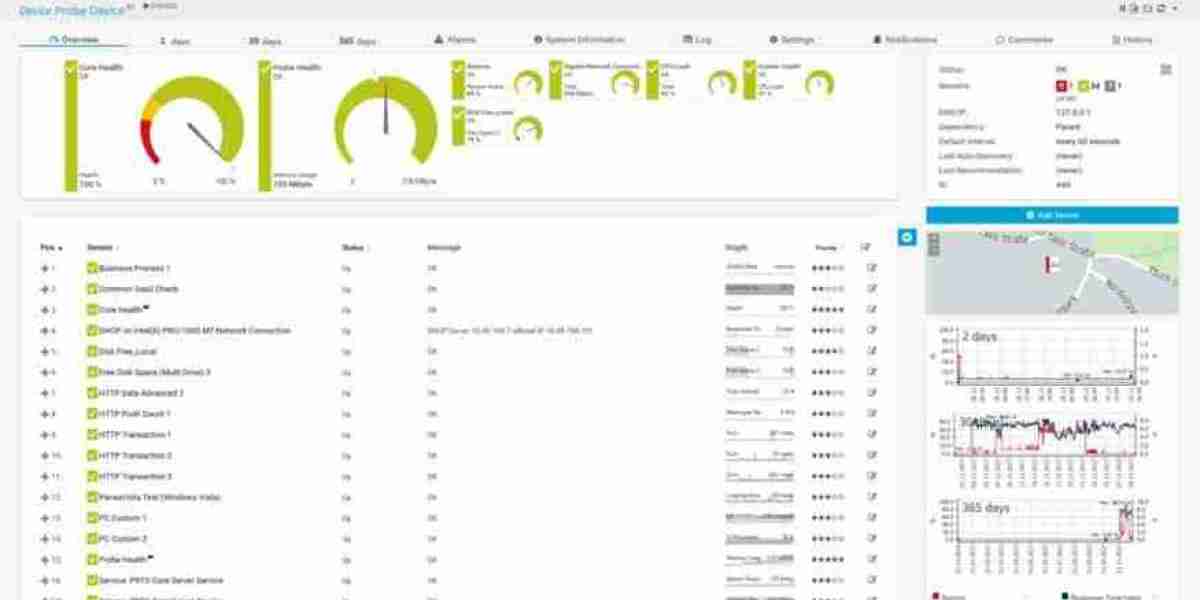Asia stands at the forefront of global economic growth, driven by its vibrant and rapidly evolving markets. With booming industries, expanding middle classes, and an appetite for innovation, it's no surprise that the largest banks in Asia are not only regional giants but also global financial leaders. These institutions play a critical role in shaping the continent’s economic future—and increasingly, the world’s.
A Glimpse at the Giants
When we talk about the largest banks in Asia, names like the Industrial and Commercial Bank of China (ICBC), China Construction Bank, and Mitsubishi UFJ Financial Group often dominate the conversation. These banks hold trillions in assets and have extensive networks that span across countries and continents. They're not just big—they’re colossal.
The ICBC, for example, has consistently ranked as the world’s largest bank by total assets. Headquartered in Beijing, it serves millions of customers across the globe and has become a symbol of China’s economic clout. Closely following are China Construction Bank and Agricultural Bank of China, both playing key roles in infrastructure development and financial services within and beyond China.
Japan and South Korea Hold Their Ground
While Chinese banks top the list in terms of sheer size, Japan’s Mitsubishi UFJ Financial Group (MUFG) and Sumitomo Mitsui Banking Corporation (SMBC) are also among the largest banks in Asia. MUFG, with its deep roots and international presence, is a testament to Japan’s longstanding financial stability and innovation. These banks are especially well-known for their disciplined lending practices and advanced digital banking systems.
South Korea isn’t far behind either. Banks like KB Financial Group and Shinhan Financial Group have solidified their positions in the top rankings. Their rise has been fueled by a combination of strong domestic demand and strategic overseas expansions, especially in Southeast Asia.
Southeast Asia’s Rising Stars
The banking scene in Southeast Asia is fast-evolving. While not as massive as their East Asian counterparts, banks such as DBS Bank (Singapore), Maybank (Malaysia), and Bank Mandiri (Indonesia) are gaining prominence quickly. DBS, in particular, is often recognized for its digital transformation and has won numerous awards for innovation in banking technology.
These institutions may not yet be counted among the absolute largest banks in Asia, but their influence is growing rapidly. As Southeast Asia continues to experience economic growth, these banks are well-positioned to become even bigger players on the global stage.
What Makes a Bank “Large”?
Size in banking is typically measured by total assets, but it's also about market influence, customer base, global reach, and innovation capacity. The largest banks in Asia score high across these metrics. Their ability to finance massive infrastructure projects, support international trade, and provide cutting-edge digital services makes them indispensable to the modern economy.
Additionally, their scale allows them to weather financial storms more effectively than smaller institutions. During global crises, such as the 2008 financial meltdown or the COVID-19 pandemic, these banks demonstrated remarkable resilience, thanks to their diversified portfolios and strong regulatory oversight.
Why You Should Care
Understanding the largest banks in Asia isn’t just for economists or investors. These institutions affect everything from interest rates to employment, trade deals to tech innovations. They are deeply embedded in both the public and private sectors, making decisions that ripple through economies in ways most people don’t immediately notice.
If you're a business owner, these banks could be key partners for financing or expansion. If you're a consumer, they shape the quality and accessibility of financial services you receive. If you're an investor, these banks represent opportunities in one of the fastest-growing regions on the planet.
The Future of Banking in Asia
The landscape of banking in Asia is evolving quickly. As technology advances and customer expectations shift, the largest banks in Asia are investing heavily in fintech, AI, and sustainability. They're not just growing bigger; they're getting smarter and more agile.
We’re seeing an increasing trend of partnerships between traditional banks and fintech startups. This collaboration is helping banks streamline services, reduce costs, and enhance customer experience—critical moves in an age where digital-first banking is the norm.
In summary, the largest banks in Asia are not just financial institutions—they’re engines of growth and innovation. Whether it’s through massive infrastructure financing or cutting-edge digital platforms, these banks are shaping the future of finance. As the global economy becomes more interconnected, understanding the role of these Asian banking giants becomes more important than ever. So next time you hear about a mega merger, a new fintech rollout, or a billion-dollar loan package, don’t be surprised if one of the largest banks in Asia is behind it.



